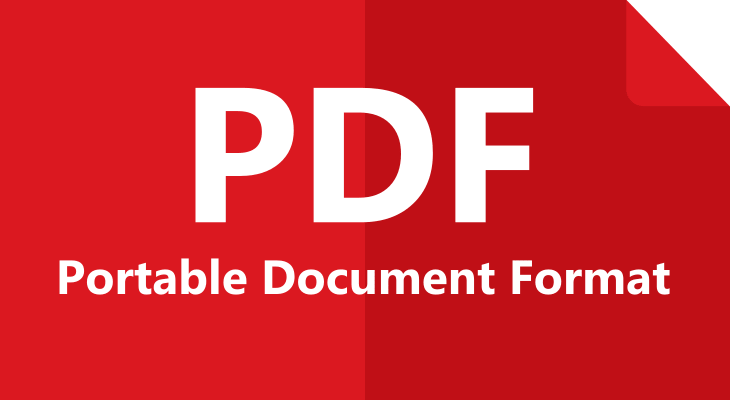Which Document Format is Similar to XPS?
XPS (XML Paper Specification) is a document format developed by Microsoft to preserve document fidelity and enable easy sharing and printing. However, there are other document formats available that offer similar functionalities and features. This article aims to explore alternative document formats that are comparable to XPS and provide insights into their similarities and use cases.
1. XPS: An Overview
Before delving into alternative document formats, let's briefly understand the features and characteristics of XPS. XPS files are based on XML and consist of structured markup language that describes the content and layout of a document.
XPS preserves the original formatting, fonts, images, and other elements, ensuring accurate reproduction on different devices and platforms.
2. PDF (Portable Document Format)

Portable Document Format
PDF, developed by Adobe Systems, is perhaps the most well-known and widely used document format.
Similar to XPS, PDF files maintain document fidelity, ensuring that the original layout and formatting are preserved regardless of the operating system or software used to view or print them.
PDF files can be viewed, printed, and shared across different platforms and devices, making it a popular choice for various purposes.
3. EPUB (Electronic Publication)
EPUB is an open and widely supported format primarily used for e-books. While EPUB is mainly associated with e-readers and mobile devices, it can also be viewed on desktop computers with compatible software.
Like XPS, EPUB files encapsulate both content and formatting, allowing for dynamic reflow and adaptability to different screen sizes. EPUB is favored for its ability to provide an optimized reading experience, especially for devices with small screens.
4. DjVu (Déjà Vu)

Déjà Vu
DjVu is a document format specifically designed for scanned documents, especially those containing images or complex layouts. DjVu files are known for their high compression ratio, making them ideal for storing large volumes of scanned pages.
Although DjVu is not as widely supported as XPS or PDF, it offers advanced compression technology that allows for faster loading and efficient storage of scanned materials.
5. ODT (Open Document Text)
ODT is the default document format for the LibreOffice suite and is based on the Open Document Format (ODF). ODT files are XML-based and can be opened and edited using various office productivity software, including Microsoft Word and Google Docs.
While ODT is not as feature-rich as XPS or PDF, it provides a standard format for sharing text documents across different software applications.
6. HTML (Hypertext Markup Language)
HTML is the standard markup language for creating web pages and is widely supported by web browsers.
While not traditionally considered a document format, HTML can be used to create structured documents with text, images, links, and formatting.
HTML documents can be easily viewed and shared online, providing a versatile format for content distribution and web-based documentation.
In conclusion, while XPS is a popular document format developed by Microsoft, there are alternative formats that offer similar functionalities and features. PDF, EPUB, DjVu, ODT, and HTML are just a few examples of document formats that can be used as substitutes for XPS, depending on specific requirements and use cases. Whether it's preserving document fidelity, optimizing reading experiences, efficiently storing scanned materials, or enabling web-based documentation, these formats provide viable options for creating, sharing, and viewing documents across different platforms and devices. Understanding the similarities and distinctions between these formats allows users to choose the most suitable one for their particular needs.